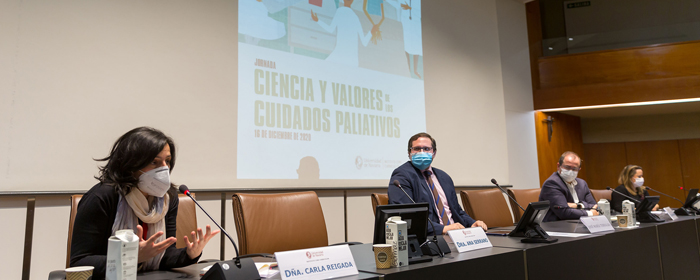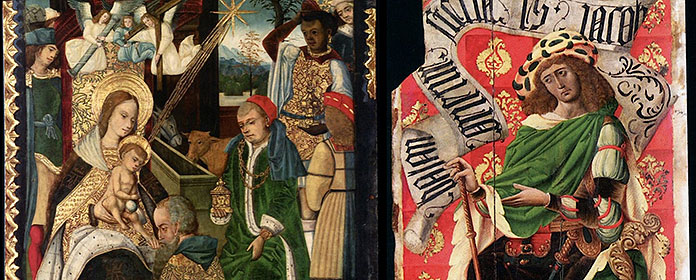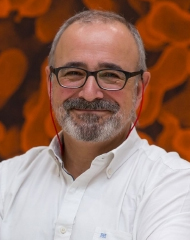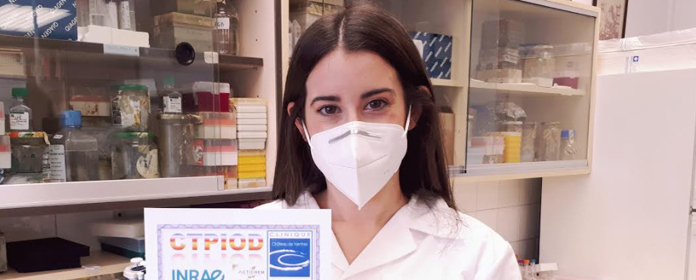Albert Einstein and Thomas Alva Edison succeeded "because they had the courage to go outside the system".
University professor Gerardo Castillo publishes "La cuna del genio" (The cradle of genius).
Gerardo Castillo, professor at School of Education and Psychology at the University of Navarra, publishes La cuna del genio (publishing house Palabra), a book about 15 people who changed the course of art and science, including Antoni Gaudí, Isaac Newton, Alfred Hitchcock and Steve Jobs.
The creative genius, who according to the author lives for the good of humanity permanently, is a "powerful stimulus for students because of his intellectual curiosity, healthy nonconformity, eagerness to know and attitude of self-improvement staff".
Through the study of 15 geniuses of history, Gerardo Castillo analyzes how young people with poor grades, among them Albert Einstein and Thomas Alva Edison, became world references: "The students ended up succeeding because they had the courage to leave the system; because they did not adapt to a teaching that prevented autonomous learning and the application of personal skills, especially creativity. To passively adapt to the system would have been to bury their special talent".
The professor affirms that in some cases adversity was turned into opportunity, because it "pushed them to start over". Thus, Steve Jobs, who was fired from the business he had founded, Apple, entered "one of the most creative periods of his life". Or the Renaissance artist Michelangelo Buonarroti, who defined himself exclusively as a sculptor, learned the fresco technique "by leaps and bounds" to paint the vault of the Sistine Chapel.
The "creative geniuses" that combined inspiration and work and that Gerardo Castillo has studied in his new book are the Renaissance painter Michelangelo Buonarroti; the nun Teresa of Jesus; the Spanish Golden Age painter Diego Velázquez; the physicists Isaac Newton and Albert Einstein; the inventor Thomas Alva Edison; modernist architect Antoni Gaudí; film directors John Ford and Alfred Hitchcock; Generation of '27 poet Gerardo Diego; surrealist painter Joan Miró; "poet" Ernestina de Champourcin; neurologist Rita Levi-Montalcini; writer Alexander Solzhenitsyn; and entrepreneur Steve Jobs.
Creativity in schoolsDelving into the lives of the "creative geniuses," Gerardo Castillo reveals that many of them coincide in aspects that socially tend to have a negative value. John Ford had a complicated personality and Alfred Hitchcock was a loner, while Joan Miró preferred experimenting to going to school.
In response, he adds that many current teachers feel conditioned by the requirement in schools to "explain the whole program", which prevents them from including student activities from subject creative. These teachers would gain a lot of time if they stopped identifying the development of the program with "explaining everything".
Gerardo Castillo stresses that the current Spanish system educational retains "undesirable" vestiges of the traditional school, as "many teachers are still mere instructors, without taking the step of being guides in the learning process staff of student".





